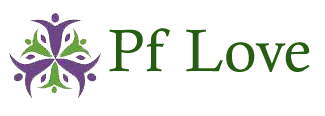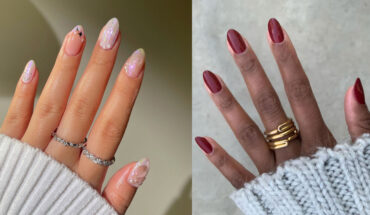
Editor tip: Damp hair or dry? You can’t go wrong. “I love using it on both damp and dry hair. On damp hair, it helps detangle and smooth, while on dry hair, it tames frizz and adds a beautiful, healthy sheen,” says David.
Key ingredients: argan oil, silicones, linseed extract | Fragrance-free: no | Who it’s for: people with dull, dry hair who want to restore shine
Frequently Asked Questions
What is the best treatment for damaged hair?
The best, salon-grade treatments are always going to be reserved for the hands of the pros, “meaning you’d need a cosmetologist to administer them,” explains Claire. But if you’re after at-home solutions, “treatments for dry, damaged hair generally fall into two categories. The first is surface-level cosmetic treatments, like hair masks and leave-in conditioners, that offer temporary shine and softness. The second is bond-building reparative treatments, like K18 Leave-In Molecular Hair Mask and Olaplex No. 3 Hair Perfector, which work at the molecular level to repair serious damage,” she says. Remember that those reparative treatments need consistent use for long-term results—but they’re worth it for the deep restoration.
How can I heal my damaged hair?
Healing damaged hair requires consistent care, nourishing products with restorative ingredients, and healthy lifestyle habits. “At-home treatments can be just as effective, if not more so when used properly and regularly,” says Nast. Start with a gentle shampoo and conditioner that focuses on scalp health and replenishing moisture. Incorporate a rich deep conditioning mask into your routine weekly to boost hydration and strength. If it’s possible, cutting back on heat-styling and chemical processing is key. If you do reach for your hot tools, always prep hair with a heat protectant.
Small changes like sleeping on a silk pillowcase to minimize friction, eating a balanced diet, and staying hydrated will also help promote stronger, healthier hair. “In the case of excessive damage, you may need to consult a professional for an in-salon treatment, like a keratin treatment, which can deliver more concentrated, long-lasting results that are only available through a licensed stylist,” says Nast.
Can very damaged hair be repaired?
Yes, you can repair very damaged hair—at least to a point. It depends on how bad the damage is and what treatments you’re using. While you can’t completely undo extreme issues like split ends or breakage, you can make your hair look and feel healthier with the right care. As David puts it, “Not all damage is the same. Surface-level issues? You can usually fix those with good products. But more serious damage might need something more serious.” He also suggests that if your hair is struggling, sometimes it’s best to let it recover and rock some extensions to give it a break from styling and further stress.
Meet the Experts:
How we test and review products
We always enlist a range of testers for our makeup vertical, but hair-care products and tools are another story. While there are certainly products that can be used across different hair textures, lengths, curl patterns, thicknesses, colors (natural and unnatural), and needs, hair products are often created with specific consumers in mind. Many are created in order to address a concern (dandruff, breakage, brittleness) or to work most effectively for a specific hair type (4C curls, wavy hair, gray hair). You wouldn’t want to pick up a purple shampoo that’s only been reviewed by someone with, say, auburn hair, or a diffuser that’s never been tested by anyone with curls—right?





